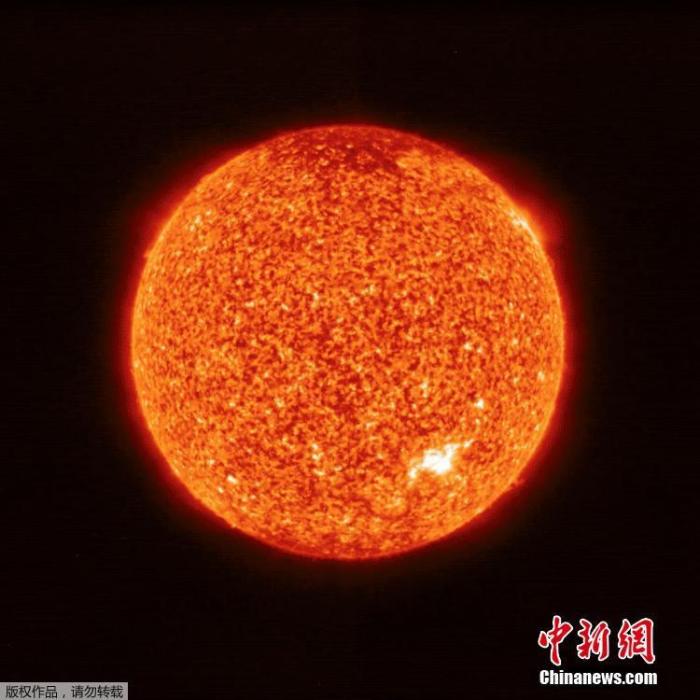China News Service, December 11, reported that a large-scale eruption occurred on the surface of the sun on December 7, and the plasma cloud it emitted was thrown into space, reaching the earth on the 10th, or affecting the earth's magnetic field.
Data map: Solar flares erupted.
According to the Russian Satellite Network, the Solar X-ray Astronomy Laboratory of the Institute of Physics of the Russian Academy of Sciences stated that the dense solar gas came into contact with the earth at about 4 am Moscow time on the 10th.
Solar energy will "enclose" the earth for about a day.
Due to the influence of plasma, the radiation load on the spacecraft will increase sharply, and the surface magnetic field will also fluctuate.
According to reports, the sun has entered a new strongest cycle in history.
This cycle has already begun in autumn.
Experts estimate that at the peak of the cycle, the number of sunspots will reach 210 to 260.
For comparison, there were only 116 sunspots in the last cycle of the sun.
On July 16, 2020, the European Space Agency (ESA) released images of the sun taken from the closest distance in human history.
"There is no doubt that after the solar cycle begins, the earth will have to endure more than ten times the impact. This impact will peak between 2023 and 2025," the expert added.
The positive effects include the reflection of many long and bright northern lights from the sun’s dust clouds, which can also be seen in areas far below certain latitudes.
However, according to the US "Washington Post" report, space weather forecasters said that the earth's geomagnetic environment had a short-term response on the night of the 9th, but it did not reach the expected level. The upcoming geomagnetic storm does not seem to be as strong as expected. , "Mid-latitude aurora is unlikely to appear."
The Space Weather Forecast Center of the National Weather Service has reduced the expected intensity of this geomagnetic storm from "strong" (level 3) to "weak" (level 3).

